Breast Cancer Awareness Activities

What is Breast Cancer?
The process of breast cancer development also includes the abnormal growth of cellular structures whereby cells mass into a lump which is known as a tumor. Tumors usually arise from the breast but if left untreated, they can go to other organs in the body and cause more harm.
In most cases, unstressed cells have an amount of growth and therefore at least a war of cell division took place to create a hierarchy and it dies when dysregulated. However, the origin of cancer is also due to energy depletion, this cancer cell declension also occurs in numerous daughter molecules hawking a tumor. The regrowth of cells forms tumors with dissimilar properties and these tumors according to their nature can be either benign or malignant.
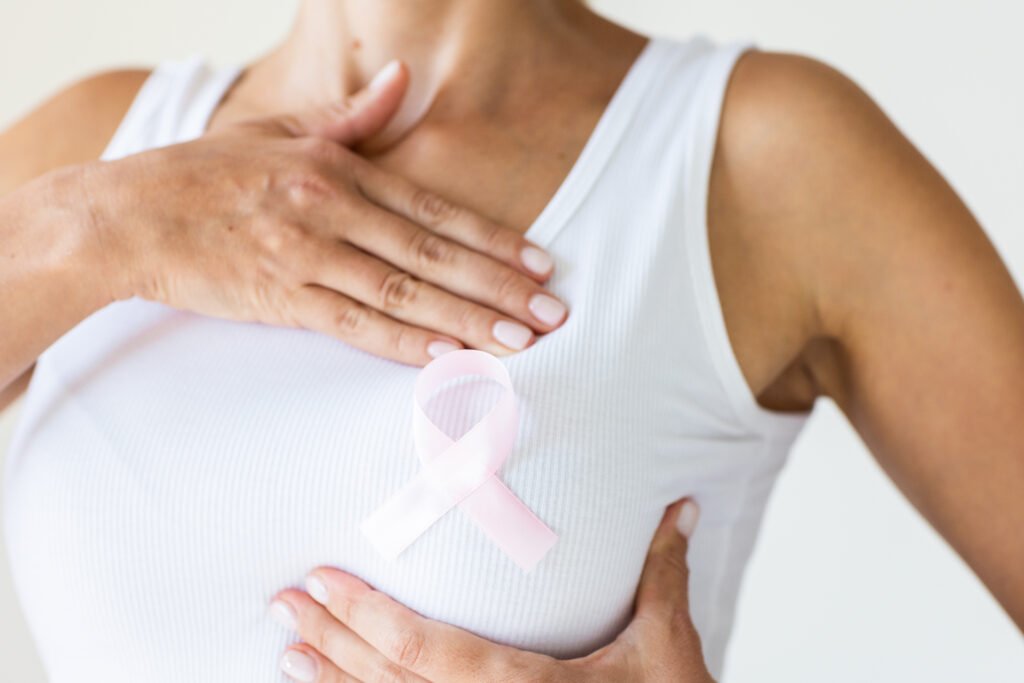
*Benign tumors:
Tumors that do not invade surrounding tissues and do not grow and spread are known as benign tumors.
*Malignant tumors:

Malignant tumors can invade local tissues and metastasize to distant sites. Fibrous structures include lobules and ducting which are the most congested areas where breast cancer originates. It rarely develops in the fat cells of the breast. Genetic factors account for only 5 – 10 % of breast cancer cases as most breast cancer is environmentally acquired driven by the aging process of women and other risk factors.
Signs and Symptoms of Breast Cancer:

For many, the most noticeable change is swelling or a change in the contour of the breast. In some cases swelling, skin changes dimpling or pain in the breast/nipple area may be present. However, it must be pointed out that not every lump associated with breast cancer is malignant. Some may be too small or in such an anatomical region that they cannot be palpable.
Breast Cancer Awareness and Facts:
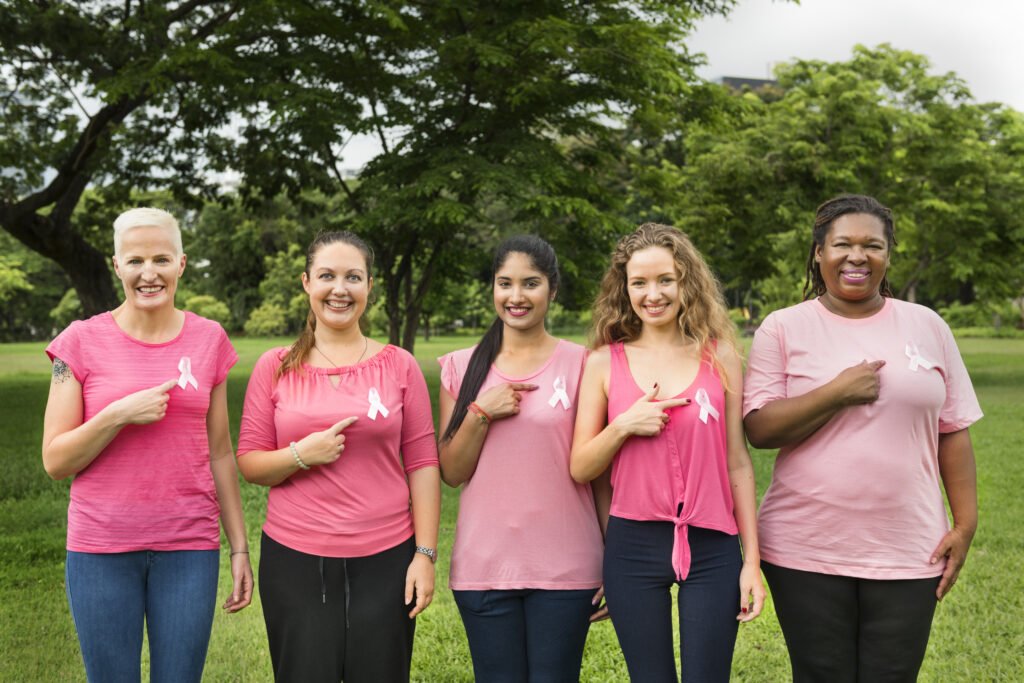
Breast cancer is the most frequently diagnosed malignancy in women and it constitutes second cause of cancer mortality in women in the US after lung cancer. If more women are informed and screened that means earlier treatment and increased chances for recovery – this is how the prognosis with breast cancer changed over the last decades.
Breast Cancer Awareness Month:
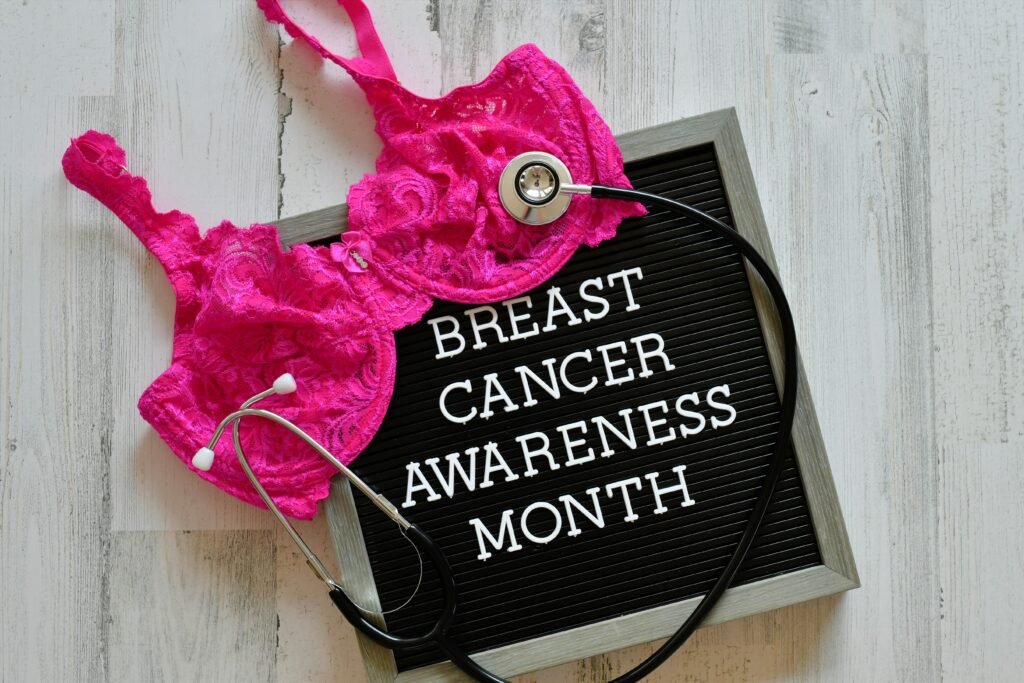
Every year, people celebrate the month of October as National Breast Cancer Awareness month, also known as October pink. For this reason, every year during the month of October, there are campaigns all over the world advocating for awareness and raising funds for breasts cancer support and research. The movement, which started in 1985, creates awareness of the disease, promotes screening, and helps those suffering from breast cancer.
The Breast cancer may have differest types, but here we will learn few of them depending upon different cases.
Types of Breast Cancer:

Every classification of breast cancer can’s considered into more than one category and some of the most common ones are given below along with their brief description which will undoubtedly help the θoccers to understand the subject better.
Considered the earliest stage of breast cancer, Ductal Carcinoma in Situ (DCIS):
Breast cancer without stromal or lymphatic invasion
Population in which there is no os sared from the internal lactiferous sinuses and does not propagating to the surrounding organs, this means that the disease has not moved outside the borders of the breast, however, an aggressor will be waiting in the work to say in the wings.
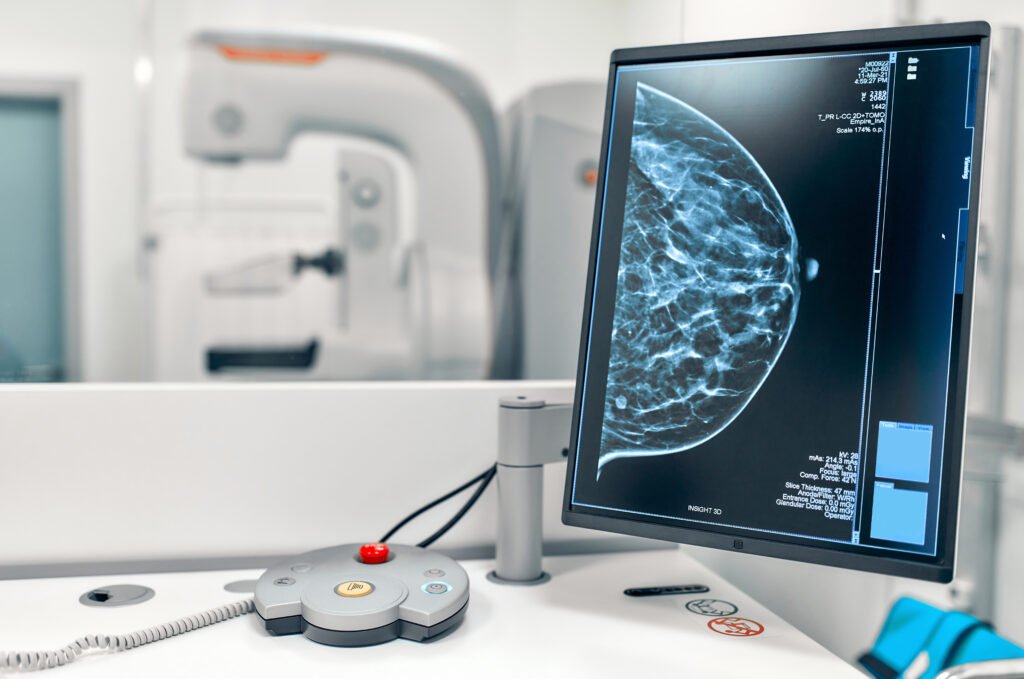
Lobular Carcinoma in Situ (LCIS):
There is such an abnormal proliferation of cells that are already malignant but the process is still within the structures which will develop into lobular carcinoma.
This condition is not actually termed cancer as it is rare to have a spread to the other body parts.
This occurs most frequently in women who have surgical procedures who are more prone to getting malignancy on either of the breasts.
Invasive Ductal Carcinoma (IDC):

This is the most prevalent type of lobular carcinoma.
It starts from the ducts of the breast neoplasia and invade the adipose layer of the breast.
Through lymphatic and vascular circulation, gradual degradation potentially reaches a level of circulation.
Roughly 80% of breast cancers diagnosed with secondary lesions belong to the category of Invasive ductal carcinoma IDC.
Invasive Lobular Carcinoma:

Begins in the lobules of the breast tissue, spreads to other organs of the body.
It is more difficult to evaluate with a mammogram.
About 10% of breast cancer cases of invasive type are ILC.
Inflammatory Breast Cancer:
A rare subtype of invasive breast carcinoma.
Represents between 1% and 3% of every breast cancer.
A lump is not necessarily palpable.
Cancerous cells invade lymphatic vessels in the skin and lead to redness and erythema.
The disease involves redness, swelling, pitted skin, itching, and tenderness.
Paget Disease:

Although a rare cancer type, it accounts for about 1% of cases of Paget’s disease, lobular carcinoma.
It is primarily located in the ducts and extends to the nipple and areola skin.
Usually, associated with DCIS and IDC.
Examples of potential symptoms are crusting or scaling of the NAC, redness, discharge and bleeding, and burning or itching of the breast and areole.
Breasts Cancer awareness programs:
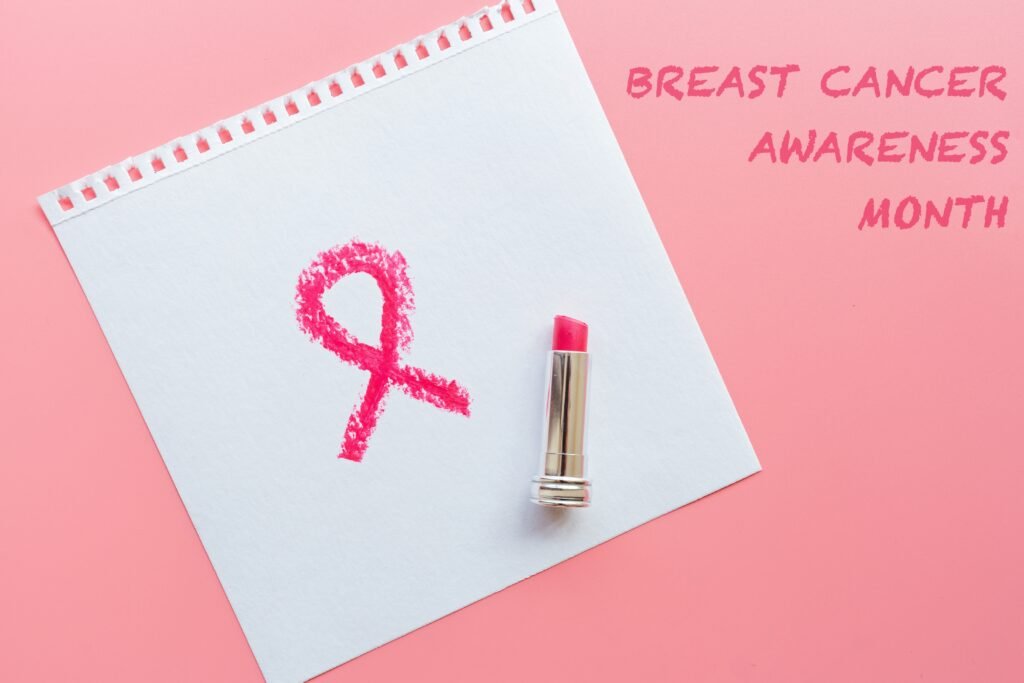
Pink Parties:
Organize a “Pink Party” where everything from the decoration to the food is pink. Raise funds charging an entrance knowing how to use the input or asking for donations.
Haircut Party:

Chemotherapy makes patients lose their hair. Organize a haircut party during which people cut their hair for a fee. Join forces with a nearby salon in order to increase it even more.
Breast Cancer Awareness Golf Tournament:

Organize a golf competition requiring all players to wear pink clothes in support of lobular carcinoma awareness and to raise funds for further research in the area.
Learn from Survivors:
Plan a function where women who have suffered lobular carcinoma narrate their experiences. It could also be a coffee morning where people come along and can ask about and learn from other people’s experiences.
Charity Runs and Walks:

Conduct a charity run or a walk. The participant is free to request any or all of their family and friends, and organize them so that they can undertake the walk or run in turns and donate all the money to breast cancer research.
Sell Breast Cancer Awareness Items:
Market out some cups, stationery renting, or toy selling them out there in gardens or other pink items. Tell them that the funds will go towards research as well as treatment of lobular carcinoma.
Sell Healthy Cookbooks:

Develop and Promote Healthy Cookbooks on Balanced Nutrition. This helps achieve the right diet which is important in battling cancer.
Create a Support Group:
Even coupled with lobular carcinoma, everyone will create a support group where they share experiences and support each other.
Donation Boxes:

Work with community shops to place donation boxes at the tills. Customers can put the cash and contribute towards the lobular carcinoma, campaign.
Bra Swap Event:
Additionally such an event would involve bra swapping whereby those women who wish can bring any undergarments which they do not use any more to the center. We will not collect a particular quantity, and we will instead use all the proceeds to support activities for lobular carcinoma, awareness. It is advisable to enforce sharing ideas with local bra merchants to expand the event.








